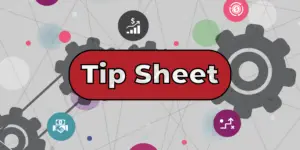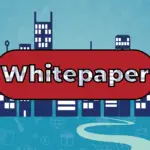Enterprise applications must continually evolve to support ongoing business changes. Frequently companies reach a stage where their ERP applications have “functional capability” but do not efficiently support the business process and are not easily adaptable. The below method operates at the individual application level as well as the enterprise ecosystem level to help companies obtain an interrelated series of mature and agile applications.
1. Document the Application Portfolio
Create an inventory of each of the existing applications. Identify the users, major functions or business processes that the application supports, data usage in the application (including create, read, update, and delete), the business unit(s) supported by the application, costs related to support and maintenance of the application, and expected life of the application.
2. Determine the Initial Configuration of Each New Application
As each application is implemented, the business rules dictate the basic parameters or configuration of that system. These may include supplier terms, customer credit limits, aging buckets, min and max reorder points for inventory, and the life of an asset. Without documenting the business rules supporting the configuration decisions, the new application is ready to use to conduct day-to-day operations; It is “finished” but not “done.”
3. Stabilize Each Application
Define global standards for the enterprise and adjust or change data within each existing application to conform to those standards. These standards might include a global chart of accounts, naming, pricing, catalog, compliance, and/or security standards. When standards are implemented globally, each individual application becomes stable, and the applications taken together become consistent across the enterprise with all duplicates identified across all systems, combined and removed for all configuration data and master data.
4. Synthesize the Applications within the Enterprise
Ensure applications work together to share data and consolidate any redundant applications. This way each business process is only supported by one application. Use a master data management program so that there is a single source of data, and that data is created, updated, and deleted in one place. Both the data and the processes need to be complete and correct with is a single source of truth, a single way of doing business throughout the enterprise.
5. Connect the Applications to External Sources and Destinations
To be effective, both the enterprise’s data and its processes need to interact with events from outside the enterprise, whether it is accepting an order automatically from a customer, purchasing from a supplier, or complying with external statutory and reporting requirements. If there is a single source of truth for each data type within the enterprise, it is easy to communicate that information to the outside world. As an enterprise is able to use its applications to enable business changes, those applications become a success and move from “finished” to “done,” a mature state that allows them to respond to business change with agility.






